Discontinuation Notice: This product has been marked as discontinued in 2022. We're leaving this article live because the formula is unique and there's some good information to learn inside.
PEScience quietly released a "nutrient partitioner" for high-carb bulkers named Mass-NP. If you like heavy amounts of carbs, you're going to *love* this supplement. Below is a thorough analysis of the supplement as well as the mechanisms it affects.
A quick look at carbohydrates, insulin, and energy stores
When you consume carbohydrates, there is a rise in Blood glucose. This rise depends on many factors but the net result, no matter what - is a rise in blood glucose. There is a limit on how high your blood glucose can climb though, because too high blood glucose levels (hyperglycemia) are extremely dangerous and can kill you just like how too low blood glucose (hypoglycemia) can.
Carbohydrates, meet insulin
Good thing we have a tool to regulate blood glucose to avoid it getting too high! This tool is an extremely powerful hormone named insulin.
You can think of insulin as a green light when you're stopped in traffic. You (glucose) pull up, wait a little bit for the green light (insulin), and then you may go on your way (into a cell). If there is no green light, you cannot proceed (into the cell), and this is a big problem since high blood sugar levels for prolonged amounts of time are dangerous. You need to make sure that you are able to store the sugar in cells rather than it rising to uncontrollable levels in your blood.
Insulin is released when the beta cells in your pancreas (which makes insulin) detect a rise in blood glucose levels. The insulin secreted then signals for the glucose to get stored into various cells (liver, fat, and muscle -- the latter of which we're going for when bodybuilding), and out of your bloodstream to bring the blood glucose level down to a healthy and safe range.
In order for your body to be able to store glucose into cells - you need insulin. But it isn’t enough to have insulin - your body, especially your muscle cells, have to be sensitive to insulin or it will not accept the glucose that insulin is trying to store inside.
Insulin sensitivity: the secret to success
If you have low insulin sensitivity, not only will you likely have chronically elevated blood sugar levels (at least after carbohydrate consumption), but you are actually not utilizing the carbohydrates you are eating very efficiently at all! This is a major contributing factor to developing heart disease and multiple other serious diseases.
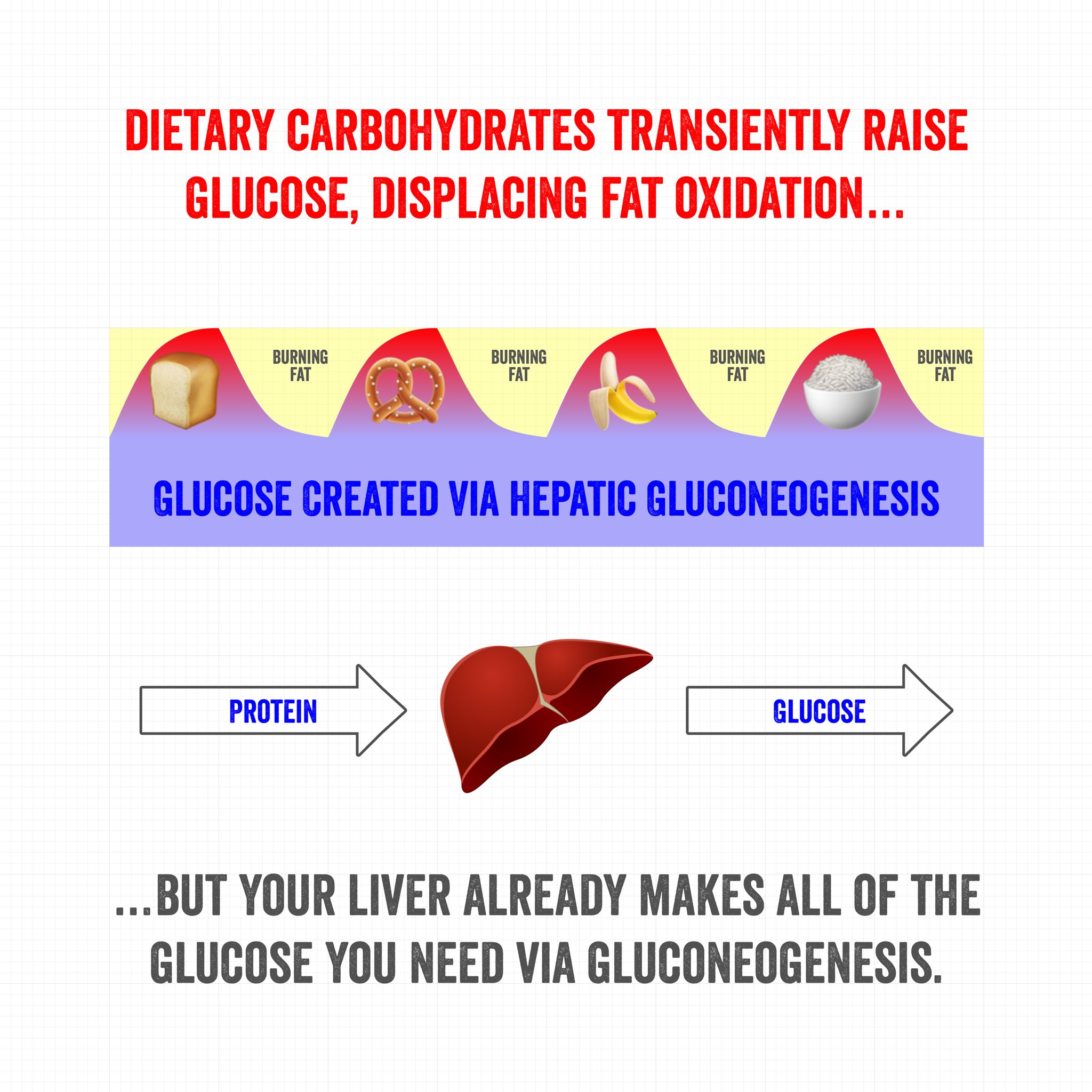
Every time you eat carbohydrates, you stop burning fat! But as bulkers, we want that carbohydrate-based insulin spike.. just not forever. With the help of supplements, we can shuttle that sugar into muscles and get back to leaning out. Image courtesy @TedNaiman
Insulin sensitivity is important for general health, but it’s also important for muscle gains. When you consume a high carbohydrate diet, you do not want the carbohydrates you’re consuming to turn into body fat or to stop you from burning fat for too long. It’s preferential for them to be stored inside muscle cells as muscle glycogen, which not only adds a wicked cosmetic look (fullness) but also aids in performance, because during weight training you are burning ATP and Glycogen... not body fat.
To add to this, there’s the simple fact that the vast majority of those partaking in weight training wish to reduce their body-fat percentage and increase their muscle mass. Having high insulin sensitivity is conducive to this goal, and having low insulin sensitivity (ie being insulin resistant) is very unfavorable. When you have high insulin sensitivity in the muscle, you will absorb the carbs into the muscle like a sponge, rather than it being stored in fat cells, or even worse than that - just floating aimlessly in the bloodstream (hyperglycemia).
How to sensitize our muscular systems to insulin
We can sensitize the skeletal muscle to insulin through a couple different ways, the most major way being exercise - such as weight training[1-3] or any other exercise (the more intense the better) - which you most likely already partake in seeing as you’re reading an article about a sports supplement for bulkers. Since you probably already weight lift, it’s redundant to discuss that here... so the angle we will instead take is increasing skeletal muscle insulin sensitivity through supplementation.
Meet Glucose Disposal Agents (GDAs)
Glucose disposal agents were in infancy 10 years ago, where only a few ingredients were marketed to improve insulin sensitivity and marketed as GDA’s. Over the past decade or so though, they have gained rapid popularity - as the interesting and nearly-mainstream supplement niche joined the ranks of other supplements such as protein powders and pre-workouts.

The perfect match: a bulker-friendly nutrient partitioner in Mass-NP and PEScience Select Smart Mass
Supplementing with glucose disposal agents will help sensitize your skeletal muscle to insulin which could be very important for those resistant to insulin, or those who are consuming a large amount of carbs on a given day (cheat meal anyone?) and especially if you’re eating high carbs for longer periods of time because you're constantly ‘asking’ your body to pump more insulin to deal with the high levels of blood glucose from that high carbohydrate diet.
The more carbs you eat, the more insulin you have to make - and the more your cells (again, preferably muscle cells) have to be willing to accept. The solution is to either eat fewer carbohydrates, OR to sensitize your skeletal muscle cells to insulin so that the insulin you do produce works extremely effectively. If you are highly sensitive to insulin, and your muscles accept the glucose with open arms, it means your beta cells can make less insulin so they do not have to work as hard to drive down your blood glucose level as it rises after each and every carb containing meal you eat.
If you are eating a high carbohydrate diet (e.g performance athlete, bodybuilder etc) it is quite possible that using a GDA supplement such as Mass-NP by PEScience would be of benefit to you by assisting in keeping your insulin sensitivity high! Mass-NP, by PEScience is a great formula of 4 ingredients that will assist in just that!
Now that the foundation is firmly planted, let's check out PricePlow's coupon-driven prices, let you sign up for our PEScience alerts for future deals and product launches, and get into Mass-NP specifically!
PEScience Mass-NP – Deals and Price Drop Alerts
Get Price Alerts
No spam, no scams.
Disclosure: PricePlow relies on pricing from stores with which we have a business relationship. We work hard to keep pricing current, but you may find a better offer.
Posts are sponsored in part by the retailers and/or brands listed on this page.
Let’s get started on the analysis of this formula!
PEScience Mass-NP Ingredients
Each serving is from a complete day's dosing of 3 capsules, but the instructions state to take only one capsule at a time with three meals a day.
-
Cinnulin PF - 500mg
Four ingredients, but what's unique here is that they're making the primary ingredient name the actual constituent they extracted for, so you know exactly how much of the good stuff you get. Hesperidin is our wild card, as you'll read below.
Cinnulin PF is a patented, and very well-researched extract from cinnamon, in particular Cinnamomum Burmannii. Some people seem to think that sprinkling cinnamon on food has benefits other than the taste... but this is not necessarily the case. The cinnamon you have at home is sold for its aromatic qualities rather than its "medicinal" or blood sugar lowering properties we see in research studies. The companies that manufacture and put it onto the shelves of supermarkets aren't concerned with the content of ‘doubly linked type A polymers’, which is precisely the constituent in Cinnulin PF that has all the benefits that we'll get into shortly.
PEScience though, being a supplement company, is concerned with exactly that... which is why they have used a very potent standardized extract that has no flavor-enhancing properties whatsoever - but a load of other benefits, such as: lowering fasted blood glucose[4] and a horde of other benefits stemming from better blood sugar regulation - like increased muscle mass, decreased fat mass, reduction in systolic blood pressure and more.[4] There are quite a few ingredients you could put in a GDA product, and Cinnulin PF is one particular ingredient that you should not skimp on when formulating a product for muscle-building purposes.
Mass-NP contains a very potent dose of 500mg Cinnulin PF (up to 2x the dose commonly seen in most GDAs), which is great to see.
-
Corosolic Acid - 10mg
Corosolic acid is a common ingredient to see in a GDA supplement, as it’s well-backed by research and pairs well with other ingredients in this formula.
Corosolic acid is a constituent of the Lagerstroemia speciosa plant, commonly referred to as Banaba leaf. Banaba leaf extract contains many plant compounds with blood glucose controlling benefits, which is why we frequently see it in GDAs. It appears that in the literature, however, the primary constituent of Banaba leaf that brings these beneficial effects is an alkaloid called corosolic acid. Corosolic acid has antioxidant properties, may reduce adipocyte proliferation (creation of new fat cells), postchallenge plasma glucose, fasting blood glucose, enhance cellular uptake of Glucose through activation of GLUT4, and decrease gluconeogenesis.[5,6].
The benefits of preventing new fat cell creation
We all know that when you ingest too many calories, and you cannot put them all into muscle, especially when your muscle glycogen stores are already full (this happens eventually with or without GDAs). At that point, they must get spent or "repackaged" and stored in fat cells. Though undesirable, there is nothing wrong with this, as you can always burn this fat away if you're not eating non-stop.
Unfortunately, you don't completely get rid of the fat cells you’ve burned the fat from - rather, they shrink down to a very small size and remain dormant until the next time there’s a surplus of energy, at which point they will start to fill again. If all of your fat cells are already full, either new ones will be generated*. This fat storage is a normal process that evolved during "feast or famine" times. However, evolution failed to take into consideration our year-round desire for a lean physique, or our over-abundant food environment like the one we currently have. Creating new fat cells is undesirable because the number of total fat cells a person has is closely correlated with their total amount of body fat.[7]
Another great image from @TedNaiman, this demonstrates what happens once your fat stores rise up (in the blue) and hit your personal fat threshold - nowhere to go but blood sugar toxicity / diabetes! The way out is with less carbs and/or more muscle via weight training and HIIT!
*Worse, if you've reached your "personal fat threshold" and your body can no longer store fat, you will get sick and diabetic (this happens at different stages of fatness depending on various conditions, including race). This is offtopic, but realize that obesity is actually protective against this alternative. We of course want to prevent both situations.
So back to the topic at hand, corosolic acid also increases the efficiency of glucose absorption into skeletal muscle, by increasing GLUT4 translocation.[8] This essentially means that your muscles will more easily and readily be able to ‘suck up’ the glucose in the bloodstream -- hopefully before it’s converted into fat through lipolysis (the conversion of turning excess glucose into triglycerides).
Use your protein for muscle-building, not energy! Avoiding gluconeogenesis
Every single person reading this right now knows that eating protein is required to build muscle, where the amino acids in protein are broken down by your digestive system and then re-synthesized into muscle tissue through MPS (muscle protein synthesis). But did you know that if you do not have enough energy available in the body in the form of carbohydrates and fats, you will turn amino acids (including your very own muscle mass, or that PEScience Select Protein powder you just took) into glucose through a process called gluconeogenesis?
Wouldn’t it be great if you could run on carbs, shuttle the leftovers into muscle, and the protein you consume, instead of getting burned off (or stored as body fat) goes towards building muscle?
Well, Corosolic acid helps with this - and there's plenty of it in this formula at 10mg per serving. Gluconeogenesis is not a horrible thing, and is extremely critical to our survival. But when we're slamming protein on a diet, it's preferable to use the protein for its primary purpose - building muscle - and not repackaging it into glucose. We'll let our carbs do that for us!
-
4-Hydroxyisoleucine - 100mg per serving
"Bulk Better."
--PEScience
Trigonella foenum-graecum, or known more commonly as Fenugreek, is an herb that originates from Arabic regions and India. Like all plants, Fenugreek has numerous constituents, and like Banaba leaf, it has many other useful compounds. However, the most relevant compound inside for our purposes is named 4-Hydroxyisoleucine.
4-Hydroxyisoleucine has effects that are very beneficial indeed to blood glucose control,[9,10] but also has studies showing that it may increase glycogen resynthesis and increase libido. Based on these effects, it seems that 4-Hydroxyisoleucine is a very efficient compound that provides a variety of benefits for individuals who weight train, but also for those who don't!
The presence of 4-Hydroxyisoleucine causes a greater insulin release when glucose is detected compared to control.[9]
4-Hydroxyisoleucine increases glucose induced insulin release,[9] which means that it encourages your body to produce more insulin - but only when there is a rise in blood glucose. The rise in insulin is proportionate to the concentration of blood glucose in the bloodstream. This could be a very useful effect for those individuals consuming large amounts of carbohydrates (where you are required to make high amounts of insulin to deal with the rise in blood glucose levels), which is exactly the person this product is aimed at (stated by PEScience themselves).
It's so effective that there have even been drug comparisons in clinical research. Quoting from a study, “This secretagogue may be considered as a novel drug with potential interest for the treatment of [Type 2 Diabetes].”[9]
This is not only some very strong evidence on the efficacy of 4-hydroxyisoleucine, but great news for the Diabetic community.
Reload those Glycogen Stores Faster!
4-Hydroxyisoleucine also assists in glycogen resynthesis,[10] which is important after exercise, especially HIIT or exhaustive weight-training -- where you burn through glycogen stores. This beneficial effect is likely caused by activating 4-Hydroxyisoleucine P13k, a biochemical pathway that promotes metabolism, proliferation, cell growth, amongst other important things within a cell (including skeletal muscle cells). If you train multiple times a day (e.g HIIT in the morning, and weight training in the evening) it is critical to replenish muscle glycogen before your next training session as your muscles depend on it for fuel and performance.
For this reason, it's a good idea to have a high carbohydrate meal after HIIT/weight training, where the increase in muscle glycogen resynthesis caused by 4-hydroxyisoleucine is conducive. If not done carefully, post-workout carbohydrate loading can be quite hard on your body, as a big rise in blood glucose levels requires a proportionally big insulin spike to get dispose of all the glucose from the bloodstream, and overdoing it can elevate those levels for too long, displacing fat oxidation while insulin is elevated.
These odd-looking fenugreek seeds provide a huge plethora of benefits, including a moderate increase in testosterone levels
It makes sense to regularly use a supplement like Mass-NP with that post-workout carbohydrate-based meal in order to help your body deal with this influx of carbs - for health reasons and to increase your ability to partition nutrients. With an ingredient like 4-hydroxyisoleucine, you can increase positive nutrient partitioning by directing the carbs you eat into muscle as soon as possible.
A libido lift? Sure, why not
4-Hydroxyisoleucine has also been shown in studies that it may increase libido,[11,12] such as in a study where a group of men collectively self-reported they felt a significant increase of sexual arousal and orgasm. Can't complain about that when it's bulking season.
Long story short, this ingredient sounds like the perfect thing to take with a high carbohydrate containing meal, after a highly glycolytic workout.
-
Hesperidin - 350mg
Hesperidin is a citrus flavanone glycoside that has been demonstrated to have many anti-diabetic effects in humans, but is the wild card in Mass-NP for its other potential properties.
While it seems to have real muscle-building potential at the cellular level, we also cannot make claims because the data is based upon either animal research or in vitro testing. However, we can discuss some of that research, so long as it's acknowledged that this has not been demonstrated as an anabolic in humans, although the hypoglycemic data is research-backed in humans.
There are four main reasons you'd want to include a high-dose of hesperidin such as this one, coming from bitter orange peel extract:
- It has its own hypoglycemic / anti-diabetic effects, long known in mice via glucose-regulating enzyme activities[13,14] but also recently demonstrated in humans![15]
- On top of its known vasodilation effect,[16] it could be an anabolic muscle builder (at the molecular level), due to an effect where hesperidin may induce muscle tissue formation (known as myogenic differentiation). It does this by increasing mesenchymal stem cell gene expression.[17]
- It could possibly increase appetite, through the potentiation of ghrelin signaling. It has a potential role in ghrelin secretion from the stomach through the 5-HT receptors.[18]
- It could possibly be anti-estrogenic, potentially improving the Testosterone:Estrogen ratio.[19-21]
We're less interested in the hypoglycemic effects since the other ingredients in Mass-NP clearly have that covered. What's most interesting to us are the other possibilities of increased hunger, anabolism, and reduced estrogen. This is also a larger hesperidin dose than we've seen in other supplements using it for its anti-estrogenic properties.
Note the PEScience Mass-NP Dosage! Each "serving" on the label is a day's supply, but you should only take one capsule at a time with a meal, max three per day!
All of these "bonus benefits" bode well for bulkers out there, but again, they're not demonstrated in any human-based research. If nothing else, we have another quality GDA ingredient that helps mediate glucose transport. But we're hoping to get an uptick in the other parameters, making this a very unique supplement that takes it from just "GDA" to a "Bulker's GDA". Time will tell!
Mass-NP Dosage: Note the split servings
PEScience displays an entire day's "serving" on the label, but that comes in three capsules - and each capsule should be taken separately with a meal (definitely a carbohydrate-containing one).
It's generally recommended to take such supplements "with first bite" but it may not be a bad idea to take it up to 15 minutes before eating.
Mass-NP: A GDA with a Potential Anabolic Twist
All in all, this looks like a fantastic product - with all four ingredients having copious research backing up their effectiveness at assisting in their own way at glucose disposal. This is a unique, limited-edition formula that parallels the ingredients in LipoVate - so if you're looking for ingredients like berberine, check that one out as well. Mass-NP is also a great follow-up for the incredible PEScience Select Smart Mass, our current favorite weight gainer.
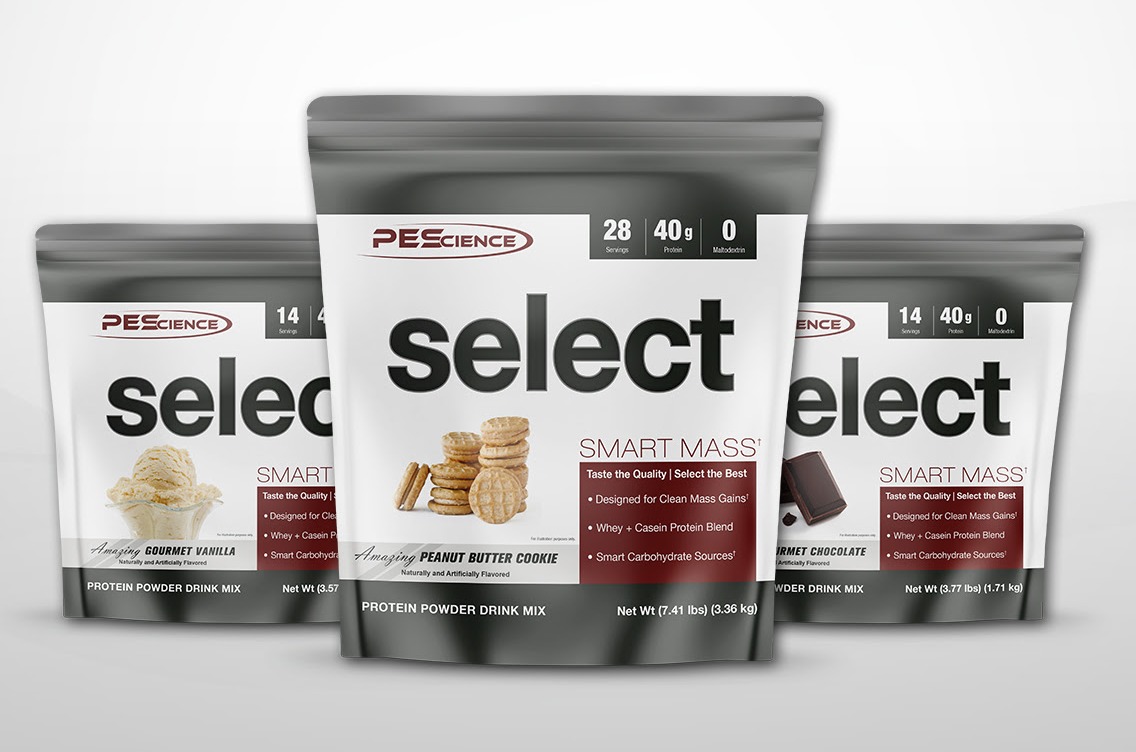
Perfect to stack with Select Smart Mass comes with the same great Select Protein Blend we've come to know, love, and trust
No doubt, we're huge fans of GDAs for both dieters and bulkers. Almost regardless of carbohydrate consumption, they're beneficial. But alongside the ultra high carb intakes of bulkers, we pretty much consider them absolutely necessary at this point, at least for all but the most insulin-sensitive athletes.
The bonus question mark is hesperidin. We've seen it in a few formulas for various reasons - potential estrogen inhibition, possible anabolic support, and an appetite boost. We're confident in its abilities to assist with glycemia, but we're hopeful that we can get something more out of it. If so, this is actually the kind of supplement PEScience was founded on (shout-out to the old-timers from the original Anabeta days).
Since it's a limited edition release, if you're interested in testing this unique combination for bulking season, get in on Mass-NP before it's too late!
PEScience Mass-NP – Deals and Price Drop Alerts
Get Price Alerts
No spam, no scams.
Disclosure: PricePlow relies on pricing from stores with which we have a business relationship. We work hard to keep pricing current, but you may find a better offer.
Posts are sponsored in part by the retailers and/or brands listed on this page.
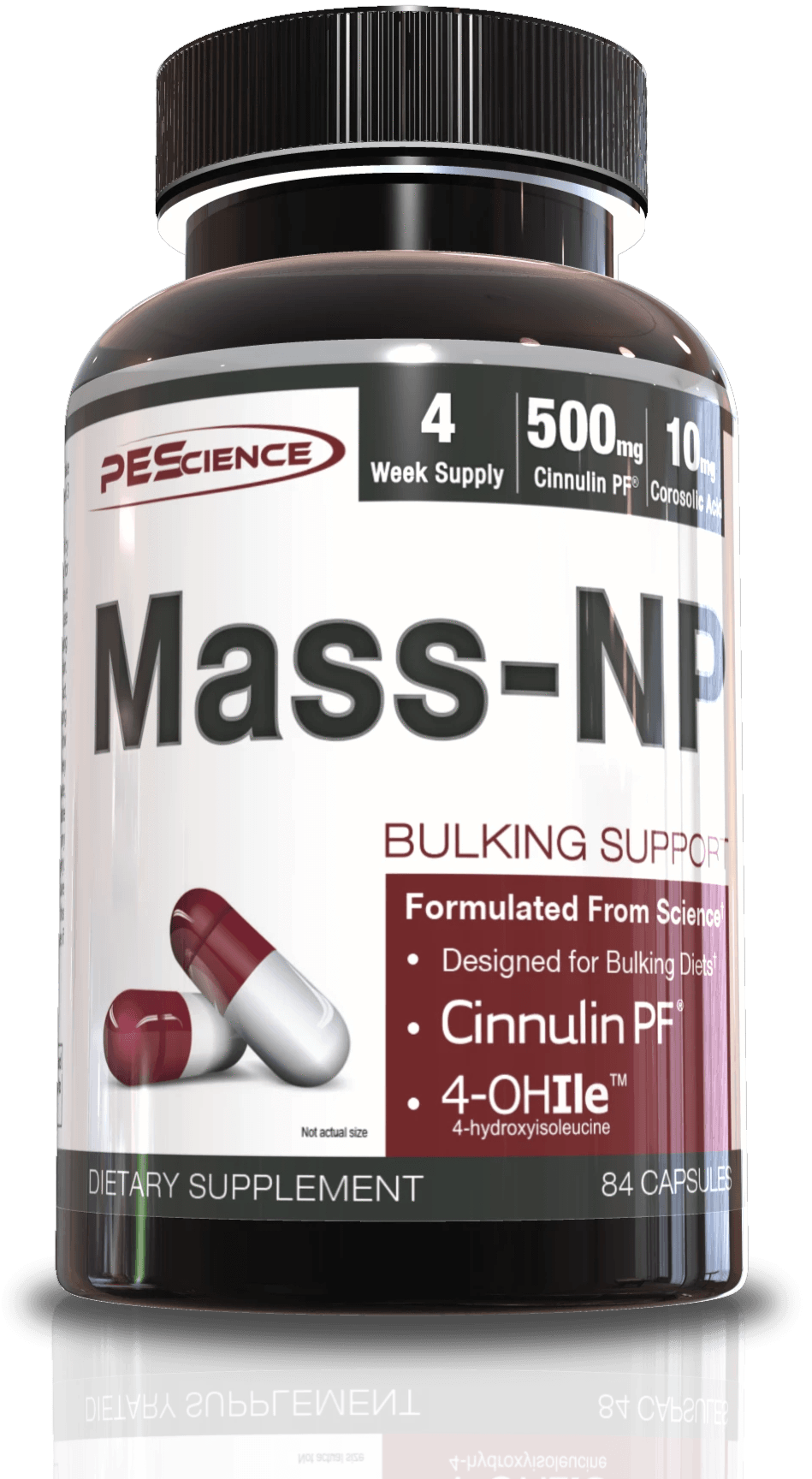
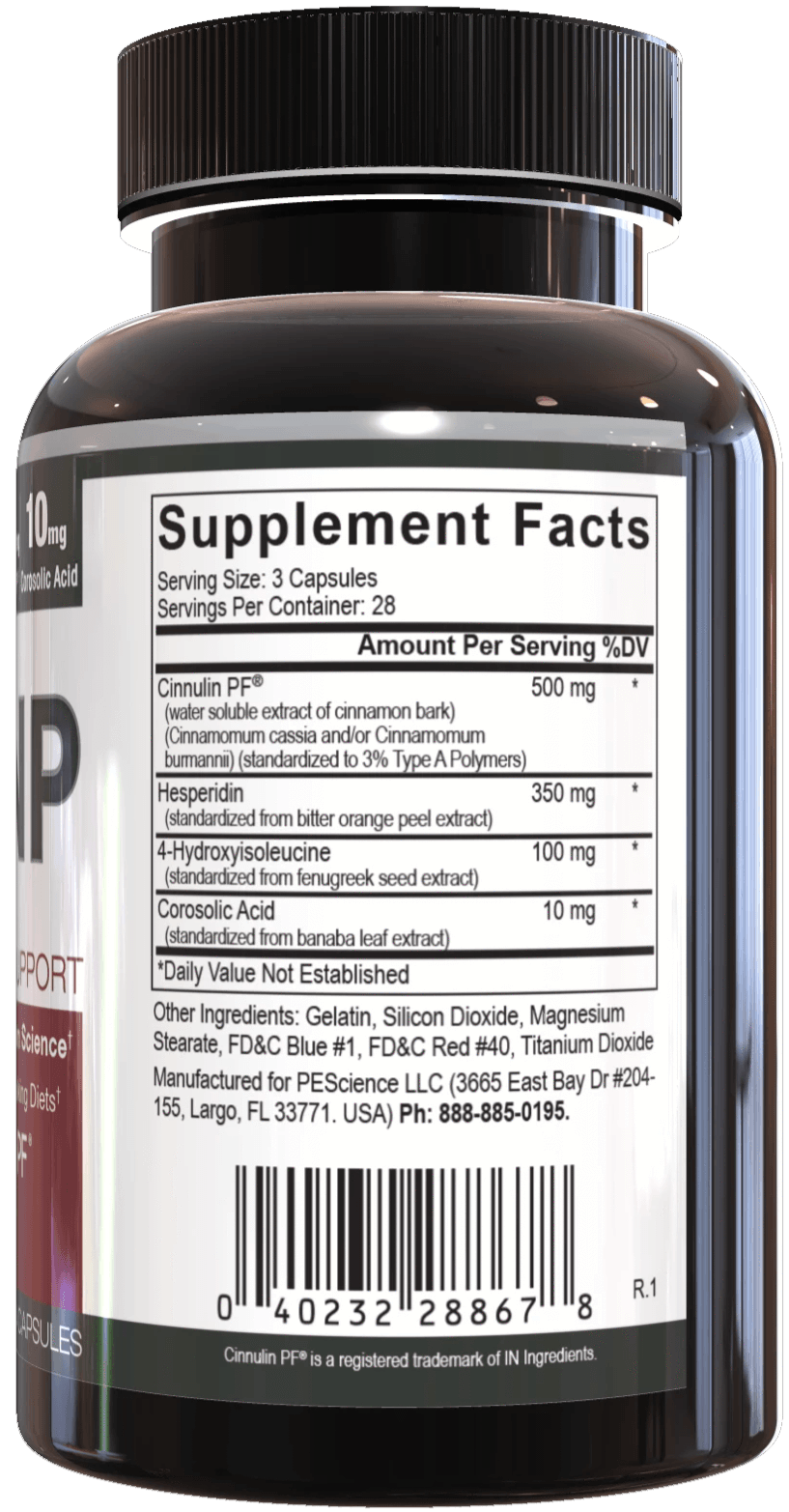
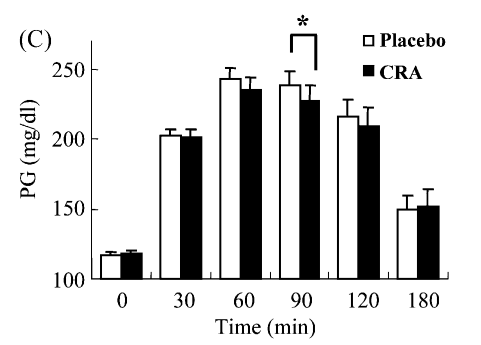
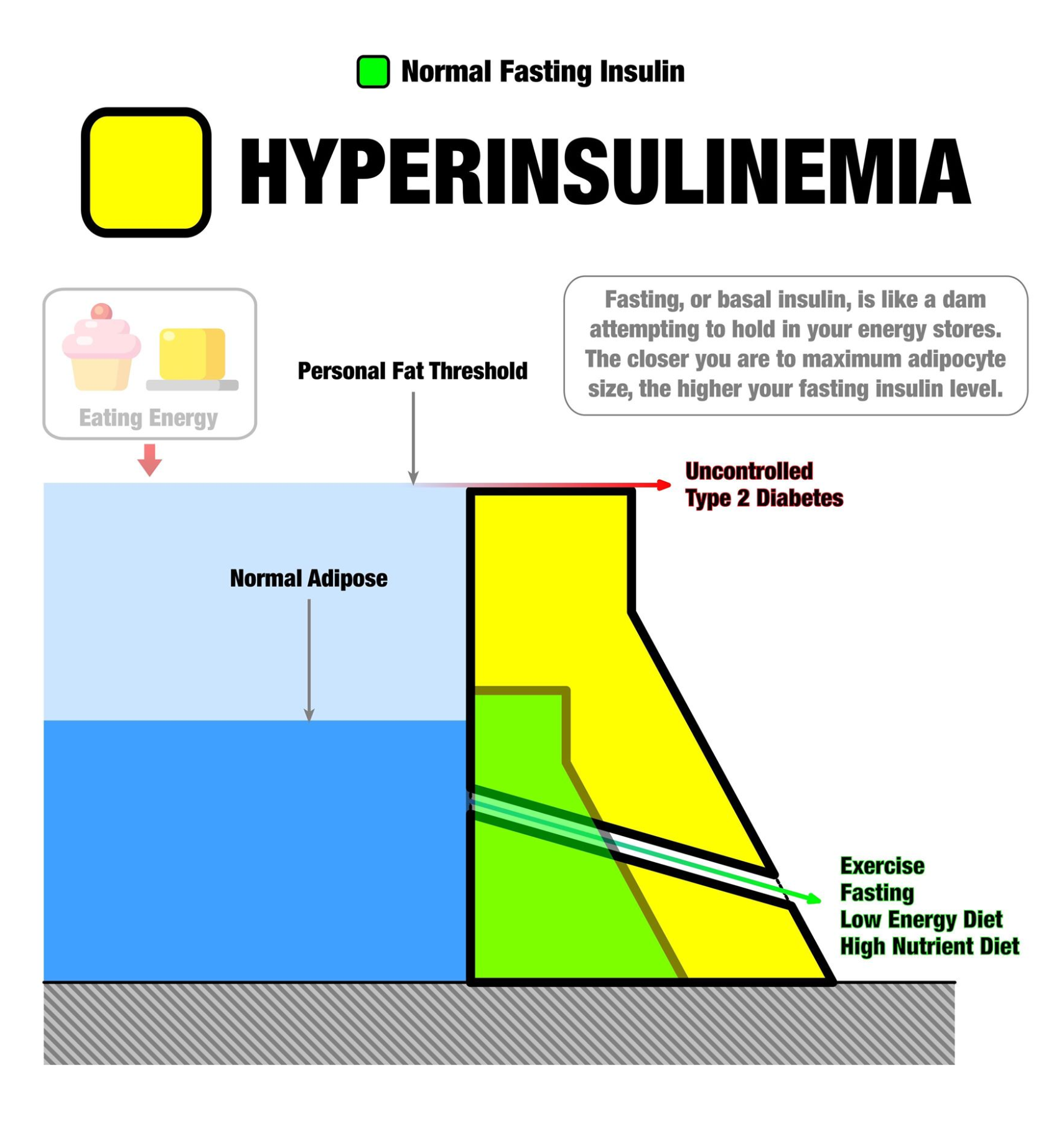
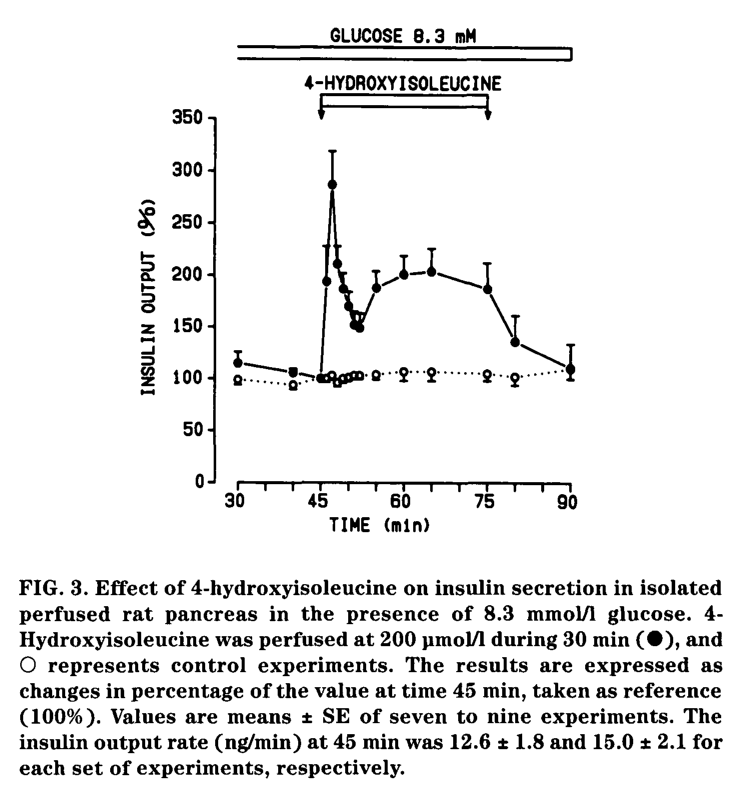
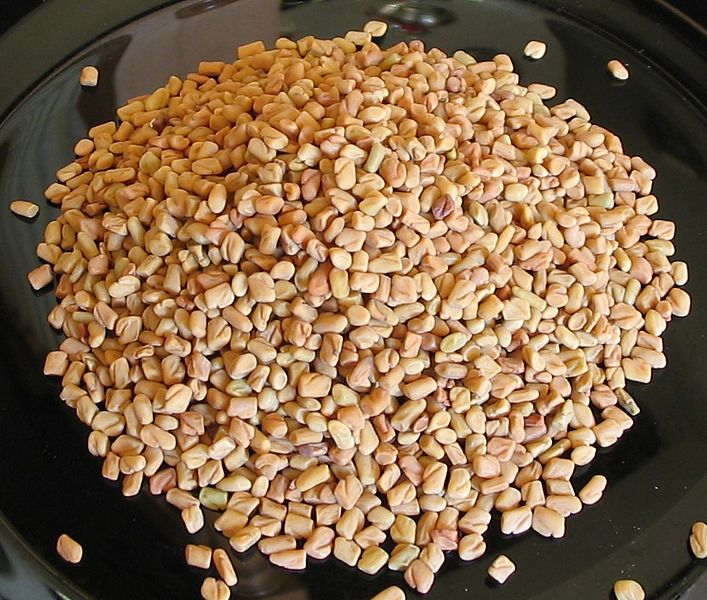
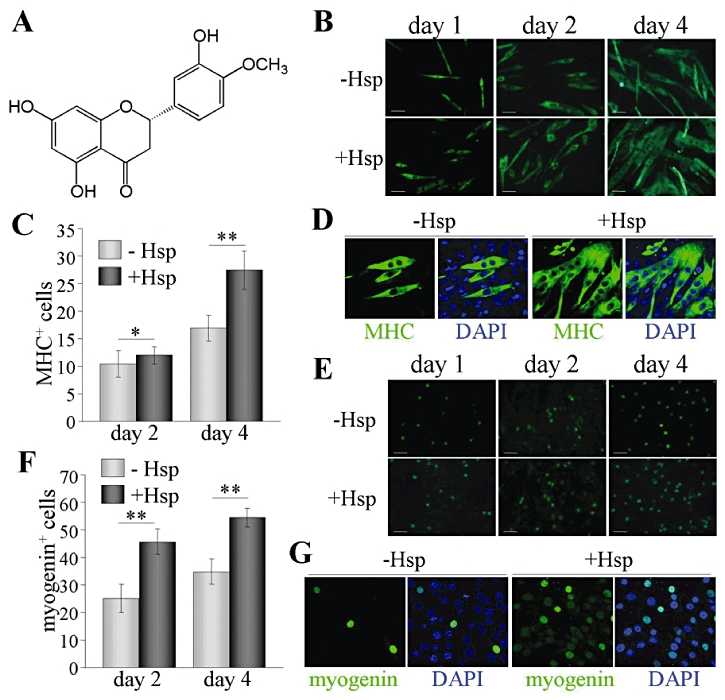



Comments and Discussion (Powered by the PricePlow Forum)